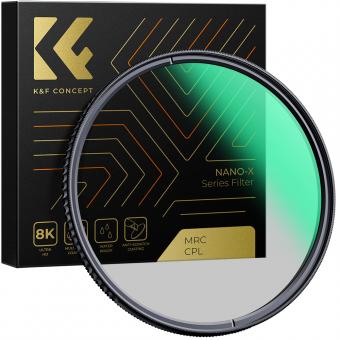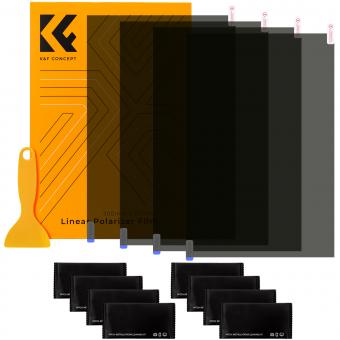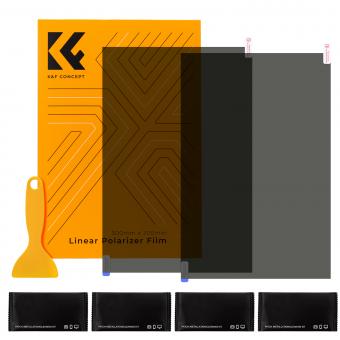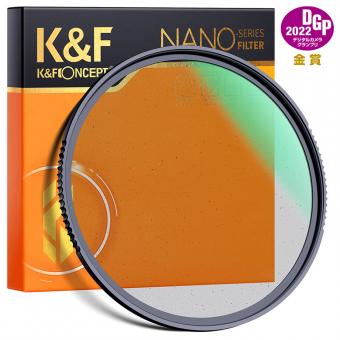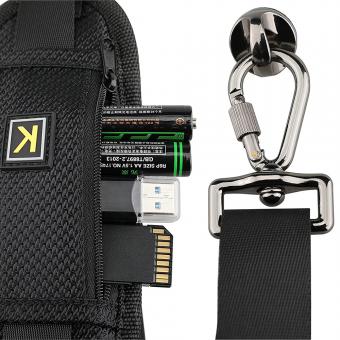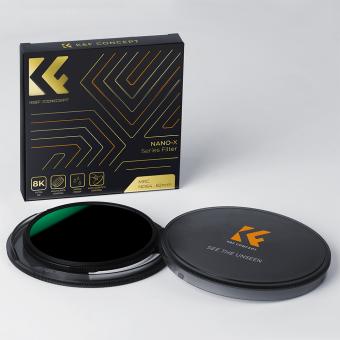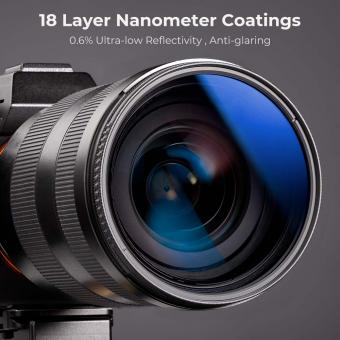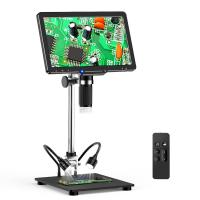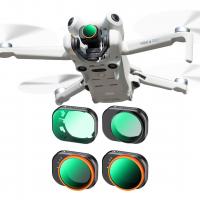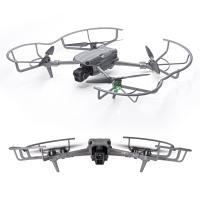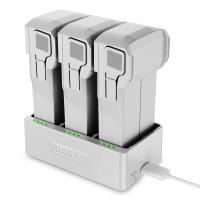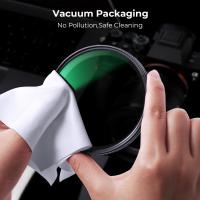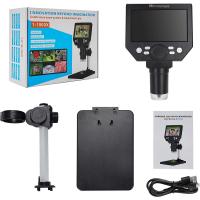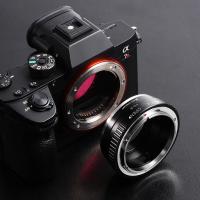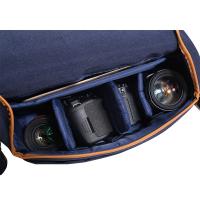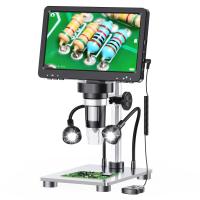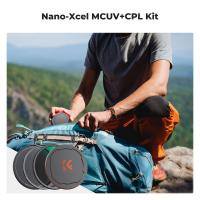What Is The Best Polarizing Filter ?
The best polarizing filter depends on the specific needs and preferences of the photographer. Some popular brands for polarizing filters include B+W, Hoya, and Tiffen. It is important to choose a filter that is compatible with the lens diameter of the camera and to consider factors such as the level of polarization, color neutrality, and durability. It is also recommended to invest in a high-quality filter to avoid any negative impact on image quality.
1、 Circular vs Linear Polarizing Filters
The best polarizing filter depends on the specific needs of the photographer. However, the most commonly used polarizing filters are circular and linear polarizing filters. Circular polarizing filters are the most popular choice among photographers because they work well with autofocus and digital cameras. They are also easier to use since they do not require any special orientation. Circular polarizing filters are designed to work with the light that is reflected off surfaces, such as water or glass, and they help to reduce glare and reflections.
On the other hand, linear polarizing filters are less commonly used because they can interfere with autofocus and metering systems in some cameras. They are also more difficult to use since they require a specific orientation to work properly. However, linear polarizing filters are more effective at blocking light and reducing glare than circular polarizing filters.
In recent years, there has been a debate about the effectiveness of circular vs linear polarizing filters. Some photographers argue that linear polarizing filters are still the best choice for reducing glare and reflections, while others believe that circular polarizing filters are just as effective. Ultimately, the choice between circular and linear polarizing filters comes down to personal preference and the specific needs of the photographer.
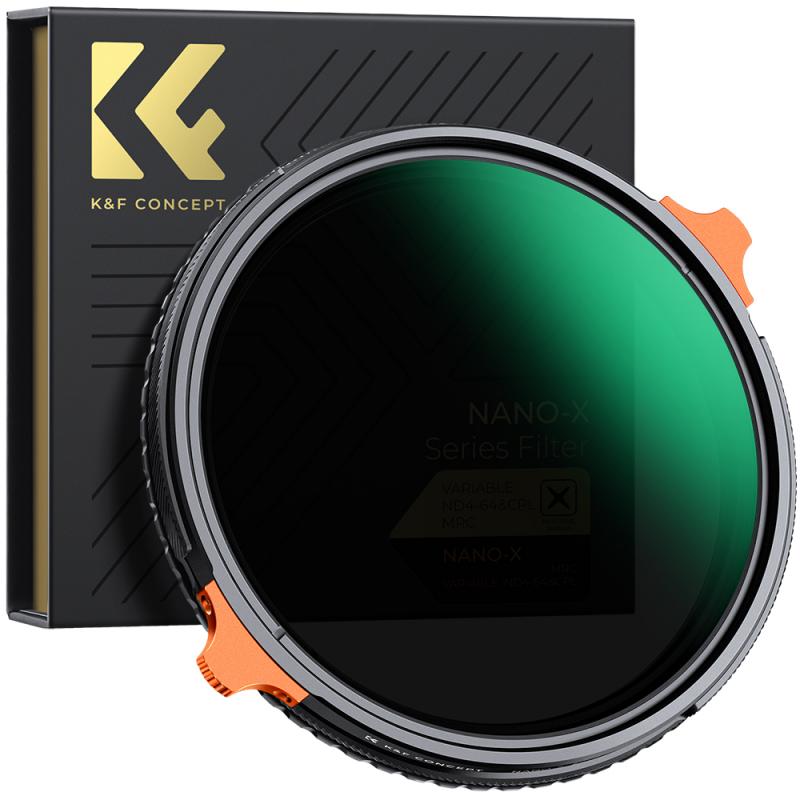
2、 Coating and Material Quality
The best polarizing filter is one that has both high coating and material quality. Coating quality refers to the effectiveness of the filter in reducing glare and reflections, while material quality refers to the durability and clarity of the filter.
In terms of coating quality, the latest advancements in polarizing filters include multi-coating technology, which involves applying multiple layers of anti-reflective coatings to the filter. This results in a higher level of light transmission and a reduction in unwanted reflections and glare. Additionally, some filters now feature nano-coatings, which provide even greater resistance to water, oil, and dirt.
Material quality is also important in a polarizing filter. The best filters are made from high-quality optical glass or resin, which ensures maximum clarity and durability. Some filters also feature special coatings that protect against scratches and other damage.
Overall, the best polarizing filter is one that combines high coating and material quality. It should be able to effectively reduce glare and reflections while maintaining maximum clarity and durability. Some popular brands that offer high-quality polarizing filters include B+W, Hoya, and Tiffen.
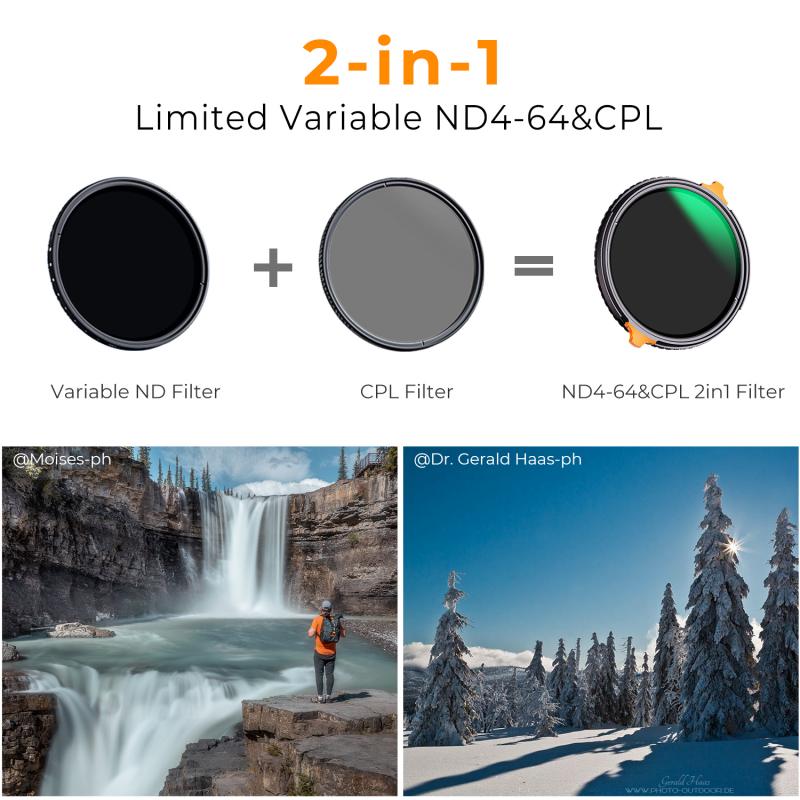
3、 Filter Size and Compatibility
What is the best polarizing filter? The answer to this question depends on several factors, including the filter size and compatibility with your camera lens. When it comes to filter size, it's important to choose a filter that matches the diameter of your lens. This ensures that the filter will fit properly and won't cause any vignetting or other issues.
In terms of compatibility, it's important to choose a polarizing filter that is designed for your specific camera brand and model. This ensures that the filter will work properly with your camera's autofocus and other features.
As for the best polarizing filter, there are several top brands to consider, including B+W, Hoya, and Tiffen. These brands offer high-quality filters that are designed to reduce glare and improve color saturation, resulting in sharper, more vibrant images.
The latest point of view is that circular polarizing filters are the most popular and effective type of polarizing filter. These filters are designed to work with autofocus and other camera features, making them a great choice for photographers who want to capture high-quality images without sacrificing functionality.
Ultimately, the best polarizing filter for you will depend on your specific needs and preferences. Consider factors like filter size, compatibility, and brand reputation when making your decision, and don't be afraid to try out different filters to find the one that works best for you.

4、 Color Cast and Image Quality
The best polarizing filter depends on the specific needs of the photographer. However, two important factors to consider are color cast and image quality.
Color cast refers to the tint that a filter adds to the image. A good polarizing filter should not add any noticeable color cast to the image. This is important because it can be difficult to correct in post-processing and can affect the overall look of the image. Some popular polarizing filters that are known for their minimal color cast include the B+W XS-Pro Digital HTC and the Hoya HD2.
Image quality is also crucial when choosing a polarizing filter. A high-quality filter should not degrade the sharpness or clarity of the image. It should also reduce glare and reflections without creating any unwanted artifacts or distortion. The latest polarizing filters on the market, such as the Breakthrough Photography X4 CPL and the NiSi V6, are known for their exceptional image quality and durability.
Ultimately, the best polarizing filter for a photographer will depend on their specific needs and preferences. It is important to do research and read reviews before making a purchase to ensure that the filter meets the desired criteria.

